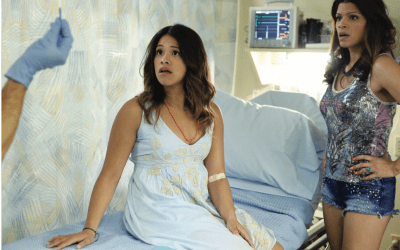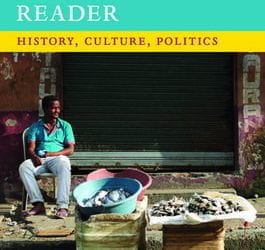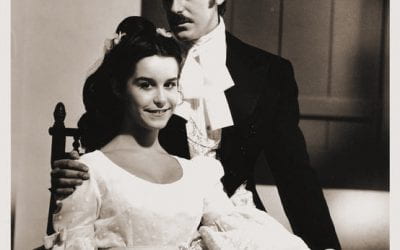Sensual Women, Lush Wetlands and Cool Caimans
As a child growing up in Brazil, I’d settle down with my family every evening after dinner to watch the national news on TV. And after the news, it was time for the telenovela. I wasn’t particularly happy: it meant my mom would gaze at our small TV screen for an hour, disconnecting from me and reality. I was too restless to understand the point of watching what appeared to be the same theme over and over again. But that small screen also showed snapshots of a different world, and from time to time, it managed to catch my eye for more than a few minutes. Some scenes even made an impact.
The first series I recall was Jorge Amado’s Tieta from 1989-1990. As a 12-year-old kid from a rather strict Catholic family, it gave me a rush of excitement blended with shame to watch the opening scenes that starred the largely naked model Isadora Ribeiro. The second, and even longer, telenovela (with more 200 episodes!) from the same period was Pantanal, named after a region just south of Amazonia. Of course, as with any reputable Latin American telenovela, the producers managed to squeeze in sensual women there too, but to me what left the strongest impressions were the beautiful images of Pantanal’s vast wetlands and forests. I had recently visited the region with my family and had seen many spectacular species—such as the huge jabiru storks, sunbathing caimans and swimming capybaras. Perhaps until now I hadn’t properly recognized the value of that telenovela for me, but in hindsight I think it played a role in turning me into a biologist—and making the Pantanal one of my favorite places in Latin America.
Fall 2017, Volume XVII, Number 1
Alexandre Antonelli is Professor in Biodiversity and Systematics and 2017-18 Cisneros Visiting Scholar at the David Rockefeller Center for Latin American Studies at Harvard University. He is the editor, allong with C. Hoorn and A. Perrigo, of Mountains, Climate and Biodiversity (Wiley, 2017, in press). Read more about him, his research and publications at http://antonelli.lab-net and http://ggbc.gu.se
Related Articles
Jane the Virgin
Jane the Virgin, a current television series, makes a compelling case for the U.S. mainstream television and the presence that Latina/os have within that market. The show represents a…
The Colombia Reader: History, Culture, Politics
Fifteen-plus years ago, historian David Bushnell argued in his widely read textbook that Colombia was the least studied and probably the least understood major country in Latin America…
First Take: Our Telenovela, Ourselves
English + Español
that has shaped identities and enacted a multiplicity of roles for Latin Americans in their daily lives. Diverse and ambiguous ways of being and belonging to the world’s popular cultures are…




